Most animals—including us—run on roughly 24-hour biological rhythms (circadian rhythms) that schedule when we’re alert, when we feed, and when we sleep. Based on when activity peaks over a day, species are commonly grouped as diurnal (active by day) or nocturnal (active by night). Very few are highly active nonstop; instead, they cycle between periods of activity and rest.
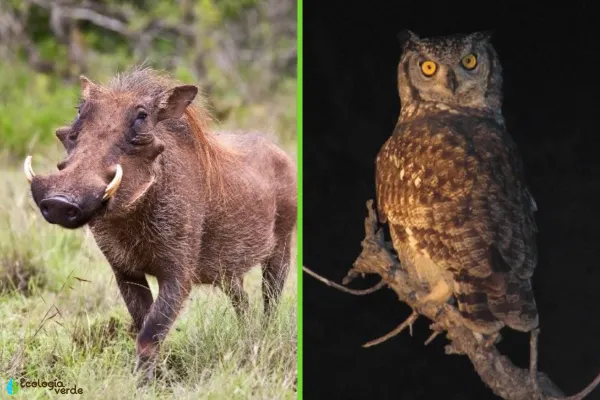
Bonus: many species are crepuscular—most active at dawn and dusk (e.g., deer, some wild cats, and many insects). They don’t fit cleanly into diurnal or nocturnal.
Daylight activity window: Most foraging, movement, and social behavior occur from sunrise to sunset; nights are for rest and energy conservation.
Circadian control + light cues: An internal clock sets the pace, then light, temperature, and food availability fine-tune the schedule.
Vision built for daylight: Typically excellent color vision and strong acuity; eyes and neural circuits are tuned to bright conditions.
Seasonal flexibility: Many species shift daily schedules with changing day length across seasons.
Tight foraging windows: If food is available only under light (e.g., open-flower nectar), diurnal timing maximizes access.
Note on insects: many day-active insects key strongly to external environmental cues (light/temperature) in addition to internal clocks.
Mammals
Chipmunks/ground squirrels (Spermophilus spp.)
Prairie dogs (Cynomys spp.)
Squirrel monkeys (Saimiri spp.)
Warthogs (Phacochoerus spp.)

Birds
Falcons (Falco spp.)
Indian peafowl (Pavo cristatus)
Herons (family Ardeidae)
Woodpeckers (family Picidae)
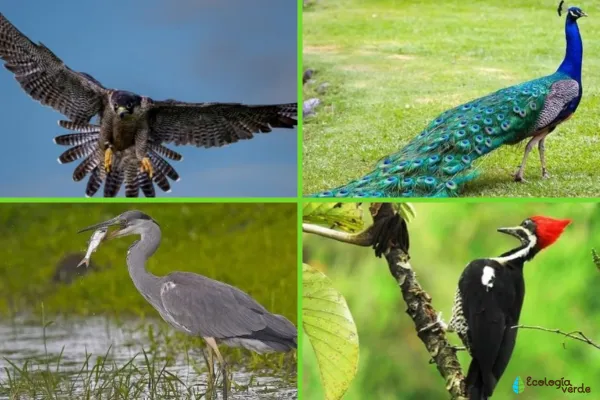
Reptiles & Amphibians
Gila monster (Heloderma suspectum)
Chameleons (family Chamaeleonidae)
Thorny devil (Moloch horridus)
Frogs (order Anura; many bask by day, some feed toward dusk)

Insects
Bees (superfamily Apoidea)
Butterflies (order Lepidoptera)
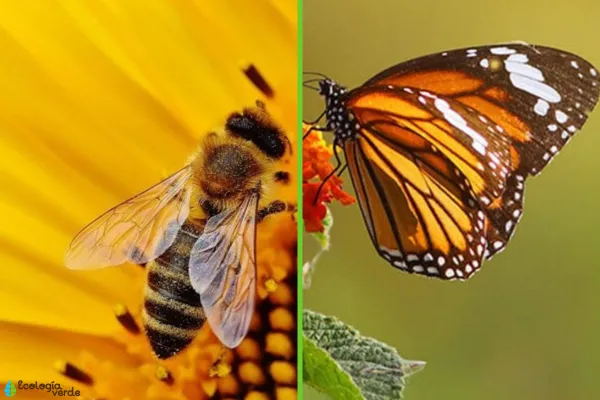
Nighttime activity window: Most hunting/foraging occurs from sunset to sunrise, often to avoid daytime predators, heat, or competition.
Low-light vision: Large pupils, high rod cell density, and in many species a reflective tapetum lucidum behind the retina for improved night vision.
Hearing & smell boosted: Owls, cats, canids, and many small mammals rely heavily on acute hearing/olfaction to locate prey or mates in darkness.
Camouflage & stealth: Darker coats/feathers/scales and biomechanics that reduce movement noise (e.g., owls’ combed wing edges; cats’ padded feet).
Mammals
Bats (order Chiroptera) — most use echolocation
Andean night monkey (Aotus lemurinus)
Raccoons (Procyon spp.)
Iberian lynx (Lynx pardinus)
Red fox (Vulpes vulpes)
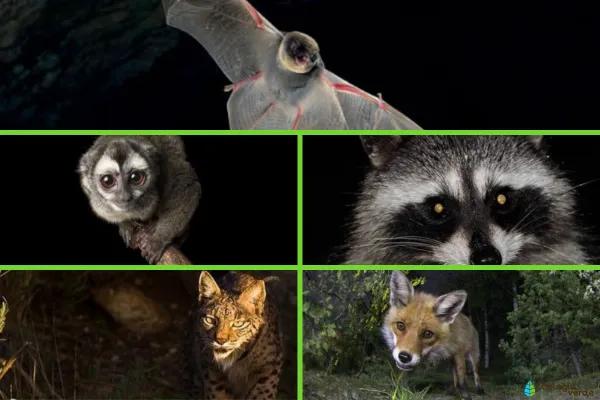
Birds (mostly raptors)
Black hawk-owl (Strix huhula)
Eurasian eagle-owl (Bubo bubo)
Peruvian thick-knee (Burhinus superciliaris)
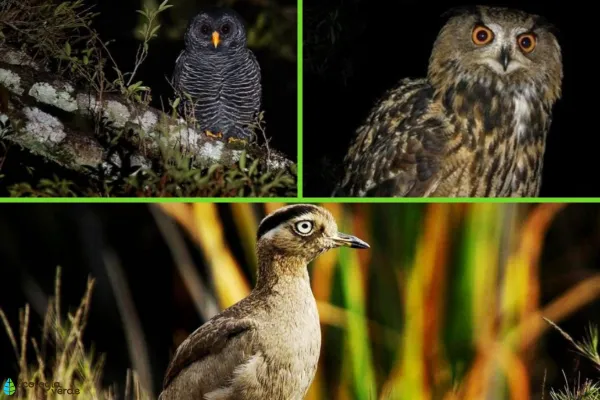
Reptiles & Amphibians
Tumbes boa (Boa constrictor longicauda)
Geckos (suborder Lacertilia; many lineages are night-active)
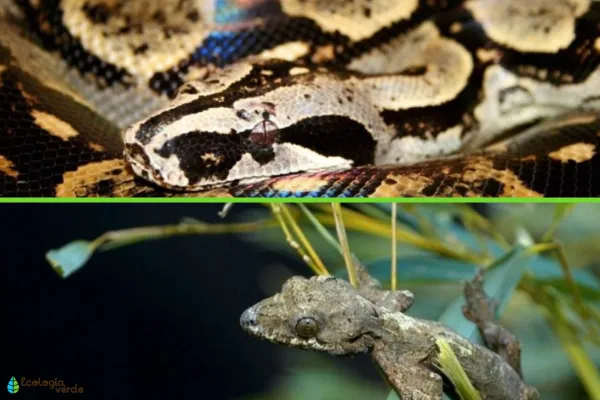
Insects & Other Arthropods
Clothes moth (Tineola bisselliella)
Fireflies (family Lampyridae; bioluminescent signaling)
Crickets (family Gryllidae)
Camel spiders/solifuges (order Solifugae)

Peak activity:
Diurnal—sunrise to sunset
Nocturnal—sunset to sunrise
Key senses:
Diurnal—color vision & high visual acuity
Nocturnal—low-light vision, enhanced hearing/olfaction; often stealth adaptations
Appearance:
Diurnal—patterns that blend with bright backgrounds or advertise signals
Nocturnal—darker, low-contrast camouflage
Ecological trade-offs:
Diurnal—high resource visibility but higher competition/predation in daylight
Nocturnal—reduced competition/heat stress but must navigate and communicate in low light
Clock control:
Both rely on internal circadian clocks tuned by environmental cues (light, temperature, food cycles).
Day shifts and night shifts are just two successful ecological strategies: different sensory designs, behaviors, and time schedules help species efficiently obtain energy and mitigate risks within their respective ecological niches. Remember the existence of crepuscular and multimodal activity patterns—nature is never just black and white.
Bibliography
Martínez, Gladys (2009) Circadian regulation of behavior: differences between diurnal and nocturnal species. Konrad Lorenz University Foundation, Bogotá (Colombia), Volume 8 (2), pp: 487-492.
Tomotani, B. & Oda, G. (2012) Diurnality and nocturnality: discussing activity patterns. Revista da Biología, University of São Paulo. Volume 9 (3), pp: 1-6.
Luévano, J. et al. (2008) Nocturnal rodent communities in a microphyllous scrub and gypsophilous grassland ecotone in San Luis Potosí, Mexico. Mexican Journal of Biodiversity, Volume 79 (1).
Hugues, B.; Navaroli, F.; Torres, M. & Soto, C. (2008) Color vision in animals. Electronic Journal of Veterinary Medicine (REDVET), Volume 9 (11), pp:1-6
animal tags: diurnal animals nocturnal animals
We created this article in conjunction with AI technology, then made sure it was fact-checked and edited by a Animals Top editor.